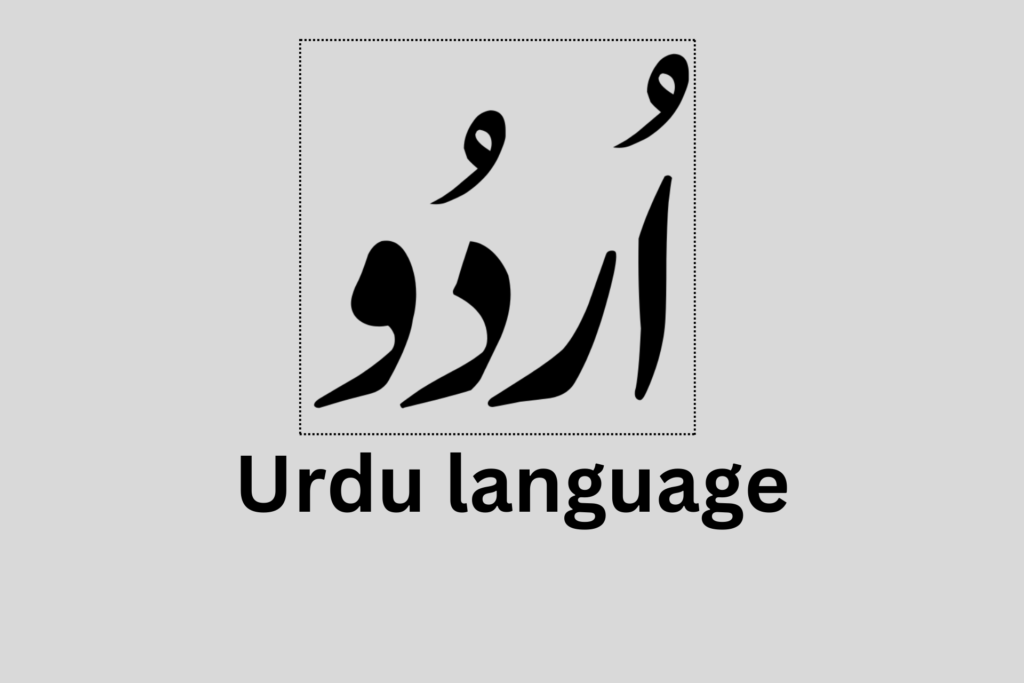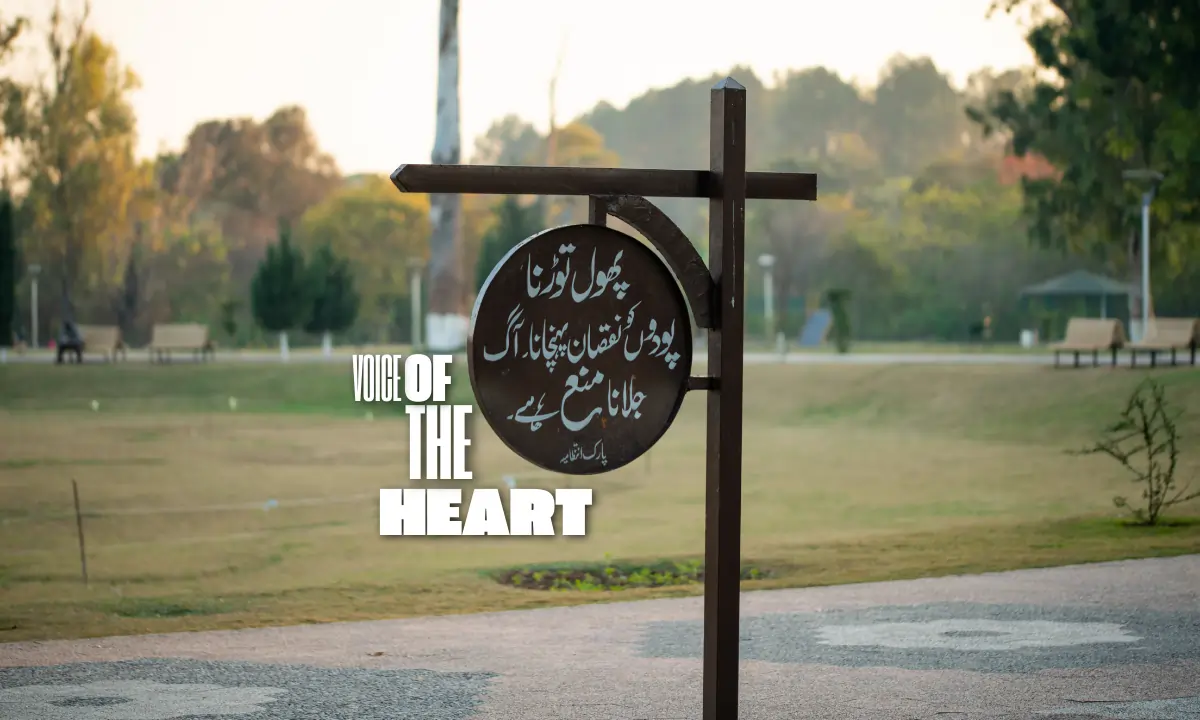Urdu is not just the language but it is the voice of the heart as well as the echo of emotions along with the rhythm of love. It caresses the soul like a breeze on a quiet evening and wraps every word in layers of meaning. Whether it is the whispered endearment between lovers or the depressed cry of separation, Urdu weaves the emotions into the symphony that transcends the boundaries. From the majestic courts of the Mughal emperors to the narrow alleys of Lucknow, it has nurtured countless generations with its poetic charm along with heartfelt expressions.
This language flows from South Asia and also connects the hearts across India, Pakistan as well as beyond, and it is found not only in the collections of grand poetry but also in the conversations of everyday life. Urdu does not just convey the words; it also conveys the feelings that linger, words that resonate and the expressions that touch the very core of the soul. This article celebrates Urdu as a bridge between cultures, a symbol of love and a companion in life’s joys and sorrows.

The Birth of Urdu
The Urdu language was born from the harmonious blending of multiple cultures, and as the Mughal courts bustled with the people speaking Persian, Arabic, Turkish, and the local Indian dialects, Urdu gradually evolved to serve as the bridge between these tongues. The beauty of Urdu lies in its inclusiveness, and it also welcomes the words from the other languages and makes them its own.
The name Urdu comes from the Turkish word for “camp,” a nod to its origins in the military camps where soldiers from different backgrounds needed to communicate. Over time, it grew beyond the barracks and became the language of poets, scholars as well as storytellers. Urdu embraced words from different cultures, and it acquired the delicate softness that made it ideal for expressing deep emotions. In a single sentence, Urdu conveys love, longing, and wisdom, as well as it also delivering profound meaning with effortless elegance.
The Urdu poetry, journey into the soul
The soul of the Urdu language lies in its poetry. Whether it is the intensity of the ghazal or the simplicity of the name, Urdu poetry touches the emotions that words alone cannot capture, and it also allows the emotions to flow freely, using metaphors and symbols to paint pictures in the mind. On this point, the greatest Urdu poets, such as Mirza Ghalib, Allama Iqbal, and Faiz Ahmed Faiz, have crafted verses that stay with the readers for a lifetime and offer comfort in sorrow and joy in celebration.
Ghalib’s Immortal Words on Love
“Dil hi toh hai na sang-o-khisht, dard se bhar na aaye kyun?”
English translation: It’s only a heart, not a stone why shouldn’t it ache with pain?
This couplet, simple yet powerful, conveys the vulnerability of human emotions, and the poetry of the Ghalib is the reminder that love is not always easy, but it is always worth the ache.
Faiz’s Poetry in Times of Despair
“Hum dekhenge, lazim hai ke hum bhi dekhenge.”
English translation: We will witness it. It is certain that we will witness it.
These lines from Faiz Ahmed Faiz have become an anthem of hope in the face of injustice and his poetry offers not just words but the promise of better days, resonating with those seeking freedom as well as justice.
Key forms of Urdu poetry and their essence
| Poetic Form | Description | Emotion Captured |
| Ghazal | Couplets expressing longing or unrequited love | Love, Sorrow, and Longing. |
| Nazm | The free-verse poem on the philosophical themes. | Reflection, Thought |
| Qawwali | The devotional poetry performed musically | Spiritual Love, Devotion |
Urdu in daily life
The beauty of Urdu is not confined to literary masterpieces, but it lives vibrantly in everyday life. The conversation in Urdu feels like an exchange of poetry. Even the most everyday greetings, such as “Adaab” (a respectful greeting), carry the grace that makes every interaction feel significant, and the family gatherings, discussions at the tea-time, and the street-side banter are sprinkled with phrases that convey warmth and affection.
Expressions like “Mera dil keh raha hai” (My heart is saying…) or “Tumhare bina jeena mushkil hai” (It’s hard to live without you) show how seamlessly emotions flow through ordinary conversations. The Urdu language transforms the simple exchange of words into a heartfelt dialogue that resonates deeply with both the speaker and the listener. This language does not only communicate, but more than that, it builds relationships as well as fosters the connections that last a lifetime.
Urdu as a cultural bridge
Urdu has long been the language that transcends the political as well as the cultural divides. In both India and Pakistan, it holds a special place, and it also bridges the communities through art, music, and storytelling. Even in times of conflict, Urdu acts as a thread that binds the people together and reminds them of shared heritage along with emotions.
The Urdu language finds its place in the mushairas (poetry gatherings), where poets from different regions come together to recite their work, and these events foster a sense of belonging and unity. It also allows the participants to celebrate their shared love for the Urdu language. Lastly, the charm of Urdu lies in its ability to connect the people across the borders and it is not just geographically but emotionally as well.
The challenges of the Urdu language that refuses to fade
Despite its beauty, Urdu also faces issues in the world dominated by English along with the regional languages. After the partition of India in the year 1947, Urdu found itself divided, with Pakistan adopting it as the national language while India saw it becoming the language primarily associated with the Muslims. However, the Urdu language continues to thrive against all the odds. The festivals, literature events as well and online platforms have become spaces where Urdu finds new life.
Moreover, television dramas, Bollywood songs, along posts on social media make sure that Urdu stays relevant in popular culture. The Urdu language’s resilience lies in its ability to adapt without losing its essence, and the Urdu refuses to fade. It remains the symbol of love, unity, and artistic expression.
The Emotional power of Urdu
The Urdu language is often called the language of the heart, and it has the unique ability to capture the feelings that lie beyond ordinary words. Its poetic nature turns simple phrases into heartfelt expressions, making love deeper sorrow more profound as well as even the anger sharper. On top of that, the impact of these emotions feels far more intense in Urdu compared to English, and in the moments of connection, grief, or rage, the Urdu weaves words into experiences that linger, and it also leaves the listeners with goosebumps, tears or quiet the reflection.
In English they say:
— Syeda Umama (@umama86) October 13, 2024
Lost interest in everything
But in urdu we say:
وہ سلسلے وہ شوق وہ نسبت نہیں رہی
وہ دل نہیں رہا وہ طبعیت نہیں رہی #Syeda#EveningVibes pic.twitter.com/CxdqyelpSe
Here are some examples that reveal the emotional depth of Urdu in love, sadness, and anger.
Example 1: Love—An Ocean of Longing and Devotion
“Without you, every moment drags on endlessly. With you, the time slips from my fingers like sand.”
In Urdu:
“Tumhare bina har lamha beintehaa lamba hai aur tumhare saath waqt aisa hai jaise rait ki tarah haathon se fisal jaata hai.”
This verse conveys how love distorts time and, at the same time, makes absence unbearable as well as presence fleeting. The poetic rhythm of the Urdu enriches the experience and makes it feel like a song that echoes in the heart. Love, when expressed in Urdu, does not just state a fact. It creates a moment that the listener can feel deeply.
Example 2: Sadness: the pain that words can not heal
“I smile so the world won’t see how much I’m breaking inside.”
In Urdu:
“Main muskurata hoon taake duniya na dekhe ke main andar se kitna toota hoon.”
This line reflects the silent grief that many carry, smiling on the surface while breaking from inside, and the way Urdu frames this pain makes it not just the confession but the poetic lament, intensifying the emotion so that it resonates with anyone who has hidden their sorrow from the world.
Example 3: Anger: A heart on fire, unforgiving as well as fierce
“The wound you gave me didn’t bleed. It burned and once burned, I will never be the same.”
In Urdu:
“Jo zakhm tumne diya, woh khoon nahi, aag tha. Aur ek baar jo jal gaya, woh kabhi waisa nahi rehta.”
This example portrays anger as the consuming force, and the words in the Urdu language not only express the rage but also convey the transformation, a permanent change caused by betrayal. Here as you see, the poetic flow ensures that the fury is not just heard but felt. In English, the word anger might sound straightforward, but in Urdu, it becomes a powerful emotional statement.
Table 1: Emotional Impact of Urdu vs. English
| Emotion | English Expression | Urdu Expression | Impact |
| Love | Time moves fast when we are together. | Waqt rait ki tarah haathon se fisal ta jaata hai. | It deepens the longing with the poetic rhythm. |
| Grief | I hide my sadness behind the smile. | Main muskurata hoon taake duniya na dekhe ke main andar se kitna toota hoon. | It improves the sorrow with elegance. |
| Anger | The pain changed me forever. | Zakhm khoon nahi, aag tha. | It adds intensity and finality. |
The emotional richness of the Urdu language gives it an unmatched power, and it also delivers the words with a weight that lingers long after they are spoken. Whether it’s it is the bittersweet ache of longing or the simmering rage of betrayal, Urdu transforms the language into an art that goes beyond the mind as well as speaks directly to the heart.
Conclusion
Finally, the Urdu language is not merely the mode of communication. It is the melody that sings the soul of the South Asia. From the poetic verses of Ghalib and Iqbal to the simple words exchanged between friends, Urdu touches the hearts and it also connects lives in ways that few languages can. At the same time, it also carries the weight of history, the warmth of love, and the promise of hope, all wrapped in words that flow like music. The Urdu language reminds us to pause, reflect as well as express, and it is not just a language. It is a companion, a storyteller, and a timeless song that will echo through the generations.
FAQ
What is the origin of the Urdu language?
Urdu originated from the blending of Persian, Arabic, Turkish, and local Indian dialects.
Why is Urdu called the language of the heart?
Urdu beautifully expresses deep emotions, making it resonate profoundly with human feelings.
What are the key forms of Urdu poetry?
The main forms include Ghazal, Nazm, and Qawwali, each capturing unique emotions beautifully.
How does Urdu influence everyday conversations?
Urdu enriches daily interactions, making simple exchanges feel poetic and emotionally significant.
What challenges does the Urdu language face today?
Urdu struggles against English dominance and regional languages but continues to thrive through adaptations.
How does Urdu serve as a cultural bridge?
Urdu connects communities through shared heritage, art, and storytelling, fostering unity across borders.


